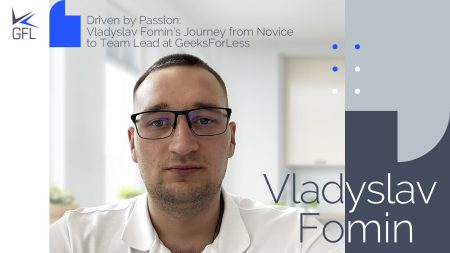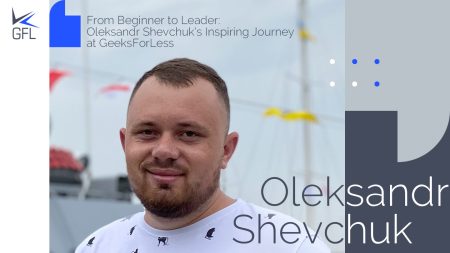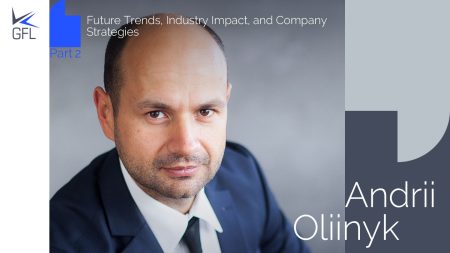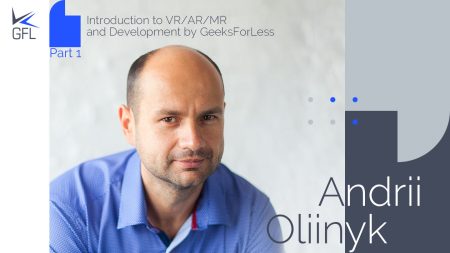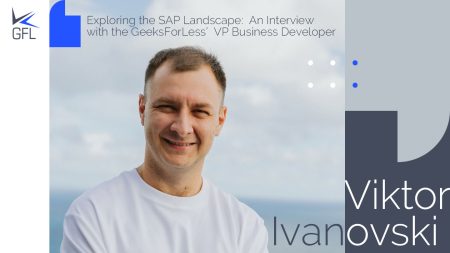Exploring a Developer’s Journey
In an ever-evolving tech landscape, the journey of a developer is filled with challenges, innovations, and continuous learning. From grappling with integration nuances to navigating client communications and staying ahead of AI advancements, a developer’s role is multifaceted. Today, we sit down with Aleksander Egorov to delve deep into his experiences, the intricacies of his current project, and his perspectives on the future of development in an AI-dominated world. Jo
It’s great to have you here! I’ve heard you’ve been on quite a journey over the past few years in the tech world. Can you give us a brief rundown of your professional journey as a developer?
Aleksander: Thank you! It’s been a long road. I’ve held several roles in the past where I was constantly honing my development skills. Thankfully, the company recognized my potential and placed me on a project where I could truly leverage my expertise.
Sounds exciting! Can you tell us more about the project you’re currently working on?
Aleksander: Certainly. I’m currently engaged with a project for Skybox Security. They operate in the security domain, specializing in Firewall rules analysis to determine data transfer permissions. At a glance, it might sound simple. However, our clients are massive corporations spanning sectors like fintech, medicine, and public services. They often operate hundreds, if not thousands, of Firewalls, each with its own set of complex rules. This is where Skybox steps in, offering a product that consolidates this information and aligns it with industry standards and compliance requirements.
Navigating Integration Challenges and AI Advancements
That’s quite intricate. But I understand there’s more to your role, especially with other companies creating complementary products?
Aleksander: Exactly. There are platforms like ServiceNow, and part of my responsibility is integrating Skybox’s offerings with such systems. Once integrated, our product can analyze and create tickets within ServiceNow, ensuring our clients get the best of both worlds. The company uses Python for this integration, and I specialize in tailoring this template to meet specific client needs.
Integration sounds straightforward on paper: connecting one API with another. Yet, I’ve heard there are nuances and challenges. Can you shed light on this?
Aleksander: Absolutely. At the outset, integration might seem like connecting two puzzle pieces. But in reality, it’s far more complex. One primary challenge was understanding Python’s potential, especially its capabilities with object-oriented programming (OOP). It’s not just about knowing programming languages and logic; it’s about diving deep into how they function and interact.
Speaking of challenges, with the rise of AI tools like ChatGPT and GitHub Copilot, how do you see the landscape evolving for developers?
Aleksander: It’s a fascinating time, indeed. There’s a perception that AI might replace developers. However, just like when computers emerged, and there were fears about them replacing several professions, I believe AI will set a new standard. Developers will have to bring added value, adapt swiftly, and, importantly, understand the human aspect, because, at the end of the day, our final client is a person. AI pushes us to be more innovative and offer personalized solutions.
Managing Client Communications and Iterative Development
Shifting gears a bit, how do you manage client communications, especially given the iterative nature of development?
Aleksander: Most clients, like Skybox, avail of a suite of services, including support. While support has its structure, I maintain regular contact with the client’s manager to address any queries. We typically organize our work in sprints and plan accordingly. Though occasionally, clients might have feedback or requests during ongoing sprints, which might require us to reevaluate our approach.
Has there been an instance where a client’s request posed a significant challenge?
Aleksander: Oh, definitely. Sometimes, clients, or even their clients, desire numerous new features. In the past, I’d accommodate these, extending the development timeline. Now, I tend to set such requests aside to address them after the primary development phase. Interestingly, there have been times when clients later decide against their own suggested features.
Lastly, when clients want changes during a sprint, how do you handle it?
Aleksander: It’s a collaborative decision. My colleagues and I assess the business impact. If it’s a minor tweak, we implement it promptly. However, for significant overhauls that can impact timelines and costs, we communicate transparently with the client, outlining the implications and exploring alternatives.
That was enlightening! Thank you for sharing your insights and experiences with us today.
Aleksander: My pleasure. Thanks for having me!





